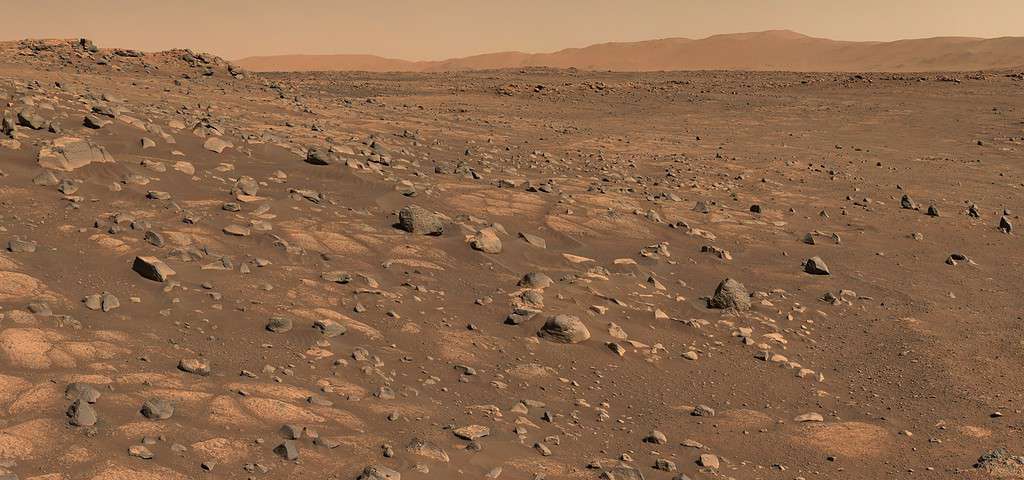Scientists have discovered a simple test for signs of past or present life on other planets. With 90% accuracy, the AI-based method distinguishes between biological samples (both recent and ancient) and samples with entirely abiotic content. Simply put, the test reliably determines whether a sample includes the remnants of something that was once alive.

Robert Hazen, one of the researchers, said this method could revolutionize the search for extraterrestrial life and help us better understand the origin and chemistry of Earth. “It opens the way to using smart sensors on robotic spacecraft and landers to search for signs of life before the samples return to Earth,” Hazen said in a news statement.
The test could reveal the history of ancient rocks on Earth and maybe the histories of samples collected by the Mars Curiosity rover’s Sample Analysis at Mars (SAM) instrument. “It’s possible that we already have data in hand to determine if there are molecules on Mars from an organic Martian biosphere,” study author Jim Cleaves said in a release.
A new method
This novel approach goes beyond merely identifying a particular molecule or set of compounds within a sample, the researchers said. Instead, they showed in their study, published in the journal PNAS, how artificial intelligence can discern between biotic and abiotic samples by detecting variations in the molecular patterns in a sample.
They used data from the molecular analyses of 134 carbon-rich samples to train AI to predict a new sample’s origin. With about 90% accuracy, AI identified samples that had originated from living things, such as teeth, remnants of ancient life, such as coal, and samples with abiotic origin, such as pure lab chemicals.
Until now, the origins of many ancient carbon-bearing samples have been difficult to determine because organic molecules (whether biotic or abiotic) tend to degrade over time, the researcher said. Surprisingly, this new AI-based method detected signs of biology, in some instances, that were millions of years old.
“These results mean that we may be able to find a lifeform from another planet, another biosphere, even if it is very different from the life we know on Earth. And, if we do find signs of life elsewhere, we can tell if life on Earth and other planets derived from a common or different origin,” Hazen, of the Carnegie Institution for Science, said.
Unlocking answers
One of the most exciting applications of this new method is towards the resolution of a decades-old debate about the origins of organic molecules in 3.5 billion-year-old black sediment from Australia. Some scientists have said it has the earliest record of cellular life in the form of small spheres and filaments, shapes that mimic microbes.

Other researchers have rejected this idea, claiming that the black residue from high-temperature processes is devoid of life signs. Research currently in progress will use this new biosignature method to analyze the black sediment in Australia, as well as many other curious ancient rocks from China, India, South Africa and Greenland.
This new method could also contribute to other fields such as biology, paleontology and archaeology. “If AI can easily distinguish biotic from abiotic, as well as modern from ancient life, then what other insights might we gain? For example, could we tease out whether an ancient fossil cell had a nucleus, or was photosynthetic?” Hazen said.






